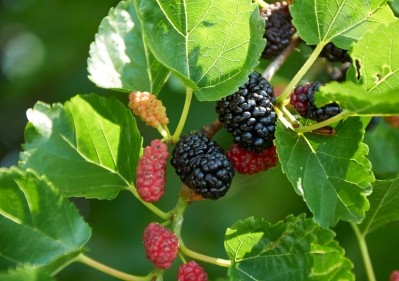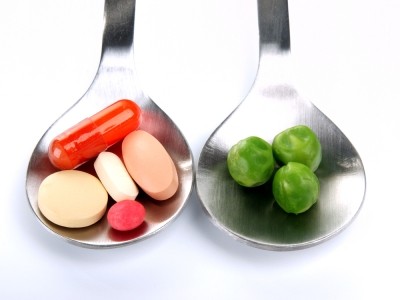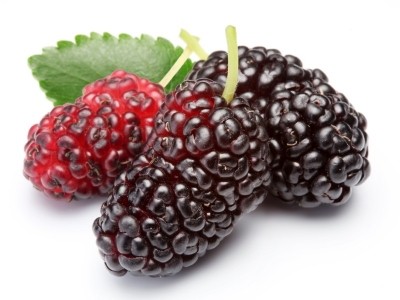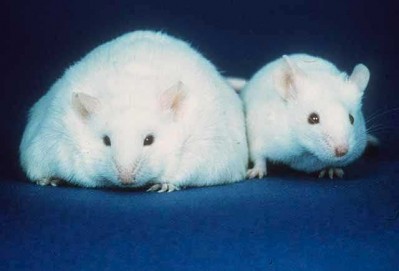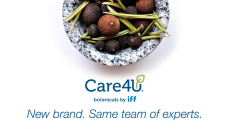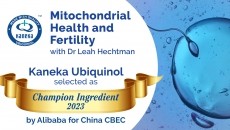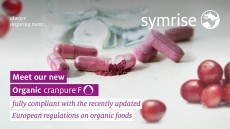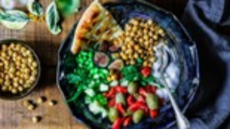Mulberry extract suggests antioxidant and anti-diabetic effect: Rat study
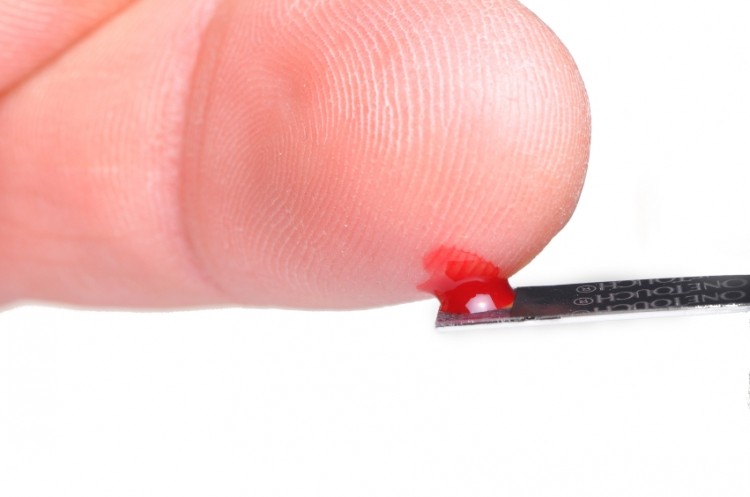
According to research published in the Journal of Functional Foods, mulberry (Morus alba L. wielkolistna zolwinska) dried leaves, leaf-derived ethanol or acetone extracts added to the high-fat diet of diabetic rats for four weeks modulated glucose metabolism by correcting hyperglycaemia, increasing insulin secretion, and improving antioxidant status. However, these anti-diabetic and antioxidative properties differed across ethanol and acetone extracts and dried leaves.
“The mechanism of in vivo antidiabetic action of mulberry bioactive components most likely involves intracellular pathways involved in insulin signaling or glucose homeostasis. The suppression of oxidative stress may also contribute, at least in part, to the anti-diabetic action of mulberry,” the researchers said.
“The results suggest that mulberry leaves preparations can be used as a nutraceutical agent to ameliorate diabetes type 2 and might also be useful in preventing secondary diabetic complications,“ they added.
DNJ, phenolics and flavonoids
After inducing diabetes in the experimental group of male wistar rats, the polish researchers assigned the rats to one of five diet groups for a four-week period: non-diabetic and untreated; diabetic and untreated; diabetic and fed ethanol-extract (6 mg/g in a high-fat diet); diabetic and fed acetone-extract (6 mg/g in a high-fat diet); and diabetic and fed dry leaves (22 mg/g in a high-fat diet).
Each type of extract was examined for 1-deoxynojirimycin (DNJ) – an inhibitor of α-glucosidase – content, as well as phenolics and flavonoids content. They found that the DNJ content was higher in acetone-extract than ethanol-extract and dry-leaves.
“In this study we found that the ethanol extract was more efficient in reducing blood glucose level than the acetone extract despite a lower concentration of DNJ,” they said. Adding: “A plausible explanation is that other bioactive components, such as dietary fiber, rutin, isoquercitrin, quercetin 3-(6-malonylglucoside), astragalin, and iminosugars other than DNJ may play additional roles in the gut to reduce or inhibit intestinal glucose digestion and absorption.”
Meanwhile total phenolics content was significantly higher in ethanol-extract than in acetone-extract, and total flavonoids content was significantly higher in ethanol-extract than in the acetone-extract.
As a result the researchers suggested that the observed differences in anti-diabetic and antioxidative properties could be down to the extraction process.
Source: Journal of Functional Foods
Vol. 8, Iss. May 2014, pp. 9-17, http://dx.doi.org/10.1016/j.jff.2014.02.018
“Mulberry leaf extract intake reduces hyperglycaemia in streptozotocin (STZ)-induced diabetic rats fed high-fat diet”
Authors: M. Jeszka-Skowron, E. Flaczyk, J. Jeszka, Z. Krejpcio, E. Król, M. S. Buchowski
